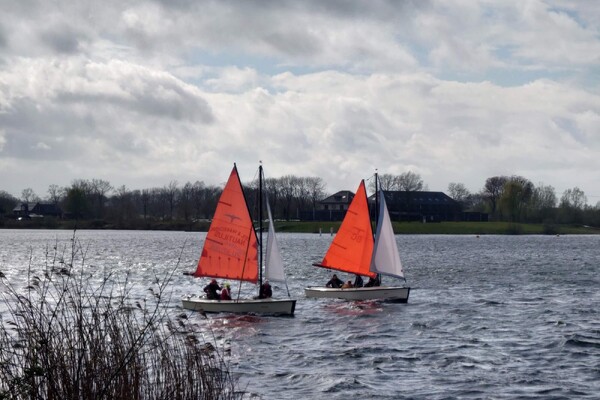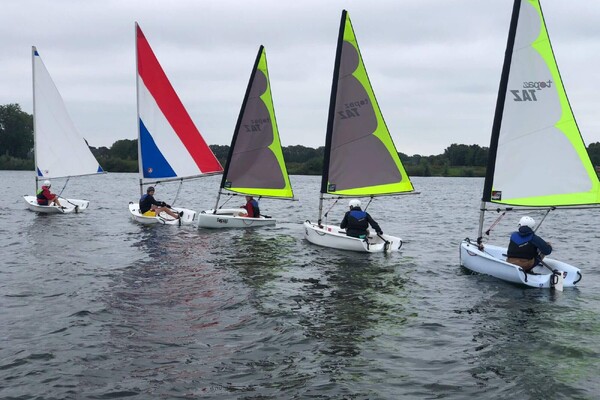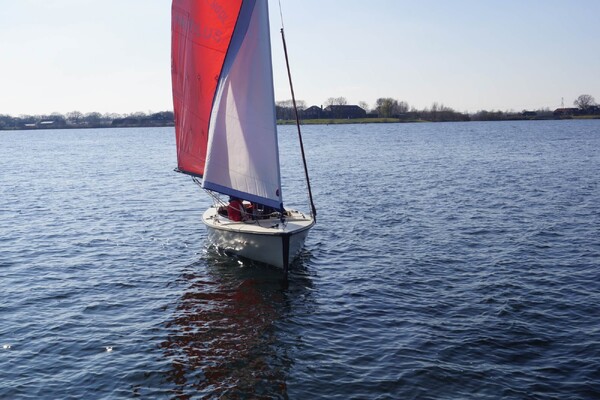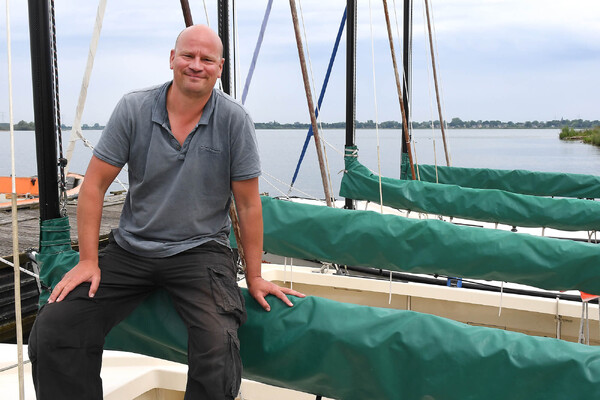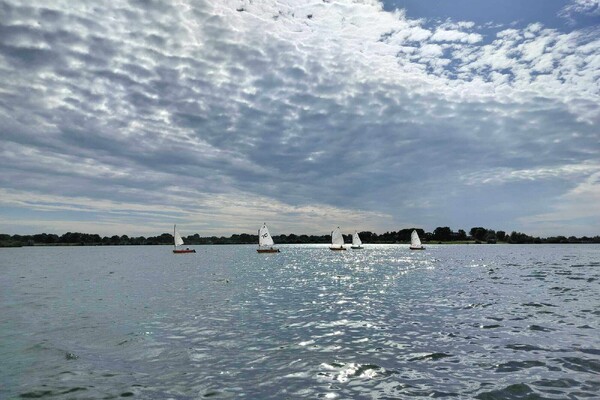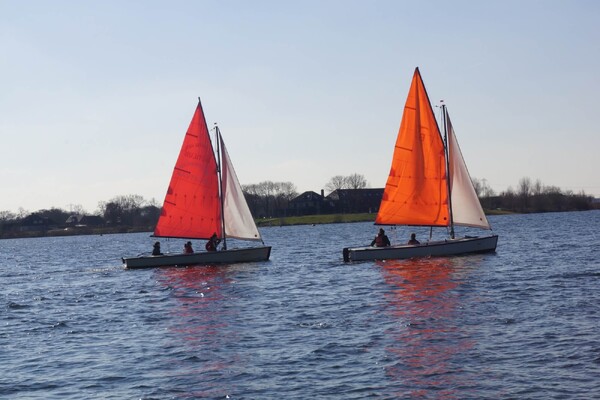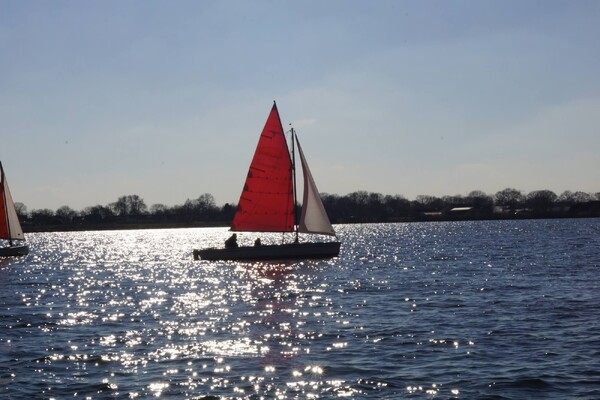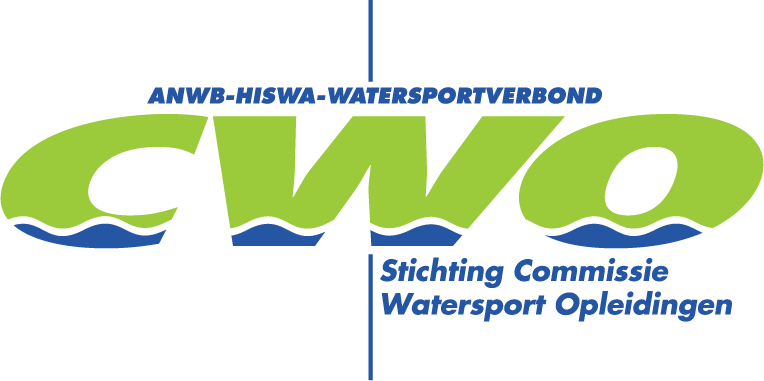Water Sports Education Committee
The CWO Foundation is a partnership between the Watersportverbond and HISWA. This foundation aims to set up and maintain a uniform diploma system for voluntary sailing training. There are diplomas for almost every water sports discipline (e.g. keelboat sailing, youth sailing, sea sailing, surf surfing, etc.).
Disciplines & Requirements
Keelboat I
This training is intended for people who have never sailed before. During the training, the basic principles of sailing are systematically taught. The diploma includes simple basic skills such as hoisting and lowering, steering, operating the sails and tacking. Supplemented with the associated theory on safety and a few sailing rules on the water. All this under favourable conditions; calm waters and a moderate wind up to and including 3 Beaufort.
Keelboat II
Students who wish to follow this course are expected to have mastered the principles of sailing, as covered in Kielboot I. In addition to the aforementioned basic skills (Kielboot I), the diploma also includes manoeuvres such as beating, arriving on a higher bank and man overboard, supplemented with associated theory. All under reasonable conditions, not too busy waters up to and including wind force 4 Beaufort.
Keelboat III
Being able to sail a day trip independently is one of the final goals of this training. The diploma includes both basic and advanced manoeuvres such as arriving at a higher and lower shore, anchoring, getting off the ground. The theory also corresponds to the advanced level. All this under reasonable conditions up to and including wind force 6 Beaufort.
Youth sailing
Captain of your own boat? That is possible. The instructors teach you step by step how to sail the boat safely. Eventually you will be able to go anywhere, spray over waves and come home safely. You will also learn all the parts of the boat, the rules on the water and how to sail a race. At almost all CWO locations lessons are given in the Optimist. This is an internationally renowned youth class in which all current top sailors sailed as children. The Optimist is a well-thought-out boat with enough sail to spray hard over the lake at your home, but which can also sail on the IJsselmeer. Because the Optimist has no weight under the boat, it can capsize, but you will learn how to put the boat upright again. If you prefer to sail with two people, there are several options: Laser Pico, Topper Topaz, RS Feva or Cadet. They are all fast boats with 2 sails and some even have a spinnaker. They can take a beating and if they capsize, they can be righted quickly. They are very suitable for learning to sail in a dinghy.
Youth sailing one-man/two-man I
This training is intended for people who have never sailed before. During the training, the basic principles of sailing are systematically taught. The diploma includes simple basic skills such as rigging and unrigging, steering, operating the sails and tacking. Supplemented with the associated theory on safety and a few sailing rules on the water. All this under favourable conditions; calm waters and a moderate wind up to wind force 3 Beaufort.
Youth sailing one-man/two-man II
Students who wish to follow this course are expected to have mastered the principles of sailing, as discussed in Youth Sailing I. In addition to the aforementioned basic skills, the diploma also includes manoeuvres such as beating, arriving on a higher bank, etc. Supplemented with the associated theory. All under reasonable conditions; not too busy waters up to and including wind force 4 Beaufort.
Youth sailing one-man/two-man III
The diploma includes both basic and advanced manoeuvres such as arriving at the higher and lower shore. Furthermore, special techniques and the principles of competitive sailing are discussed. All this under reasonable conditions, up to and including wind force 5 Beaufort. The theory is in line with the advanced level.

